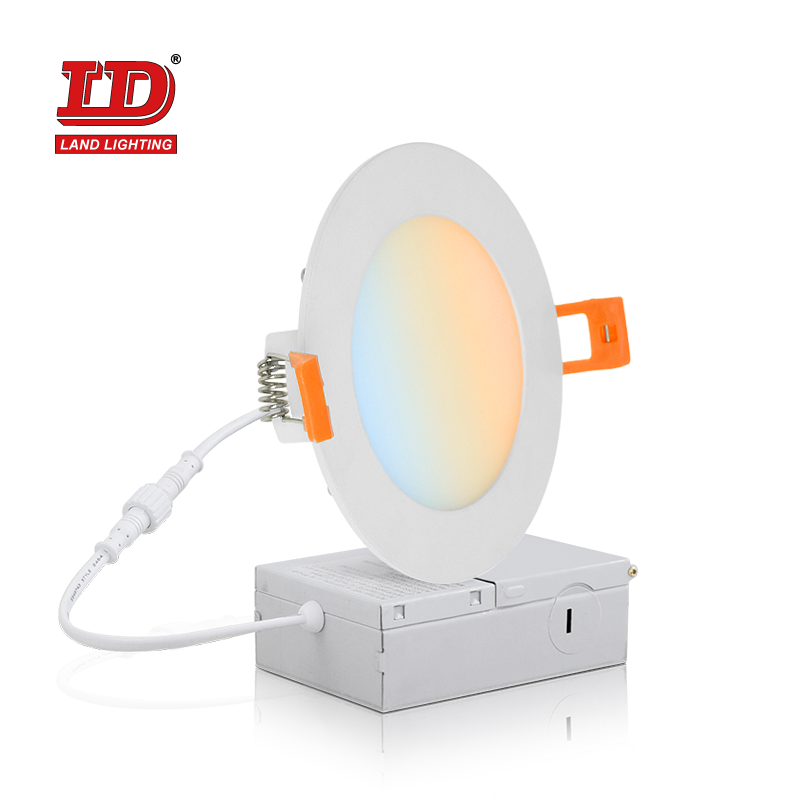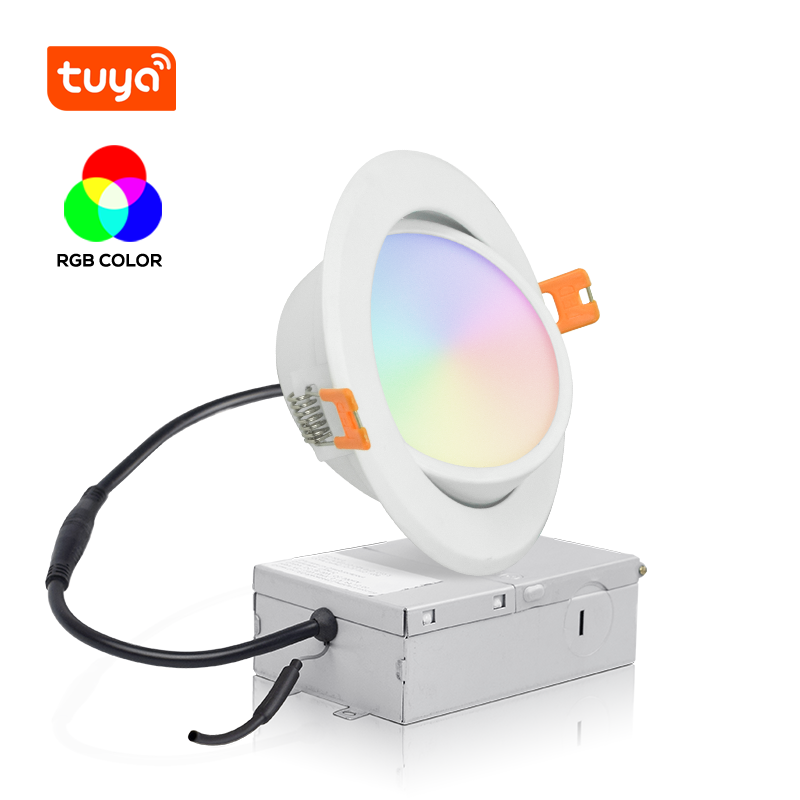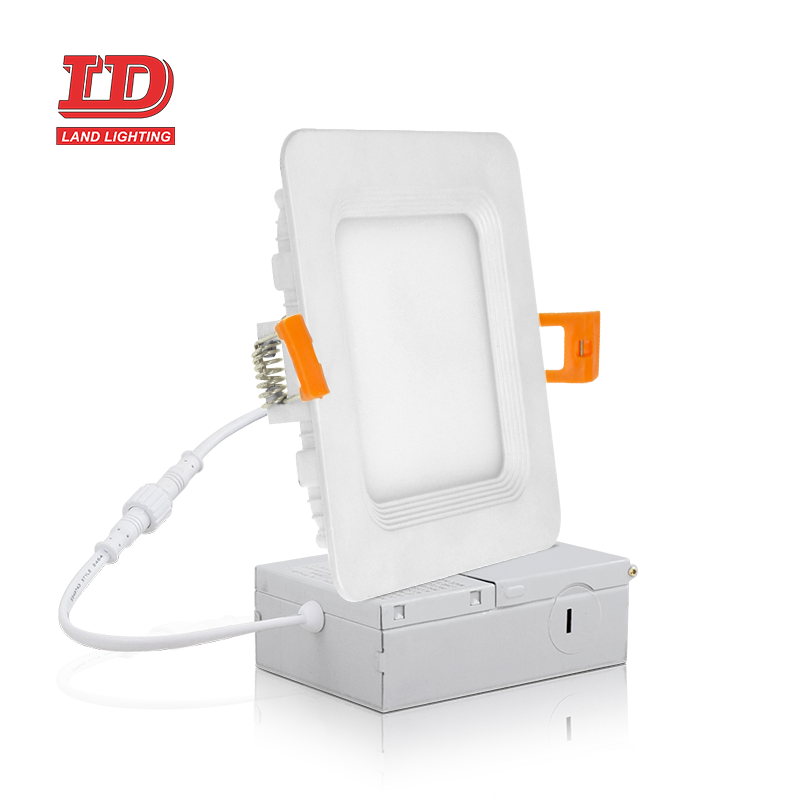Ceiling lights provide reliable lighting for any room - as long as you choose the right one. Whether you want a dimmer switch in your daughter's bedroom who's afraid of the dark or a chic chandelier in your kitchen, buying overhead lights can be a tough process of elimination. Here, we tell you what to look for and what to give up by illuminating just a few of the hundreds of options available for purchase.
How to Choose Ceiling Light
1. Size
When selecting ceiling lights, size is a very important factor because it affects function and appearance. The size of the room will affect your choice of fixtures. To determine your ideal ceiling light diameter, measure the width of the room, double it in feet, and add "inches" at the end of the number. For example, if your room is 10 feet wide, your device should be 20 inches in diameter. Of course, this doesn't apply to all fixtures - it's mostly a criterion for choosing ceiling lights.
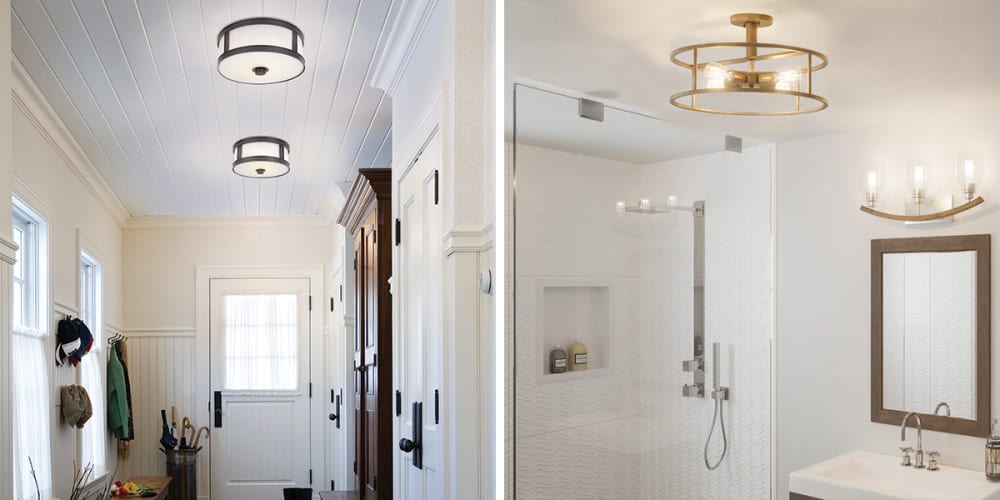
2. Placement
Consider the exact location of your new ceiling fixture. In the dining room, the most even light is located in the center of the table. The same is true for the living room and its lounge area. Track lighting has the potential to be adjusted, but placement is still important. Think about whether the light will reach every point in the room you want to illuminate when you adjust it.
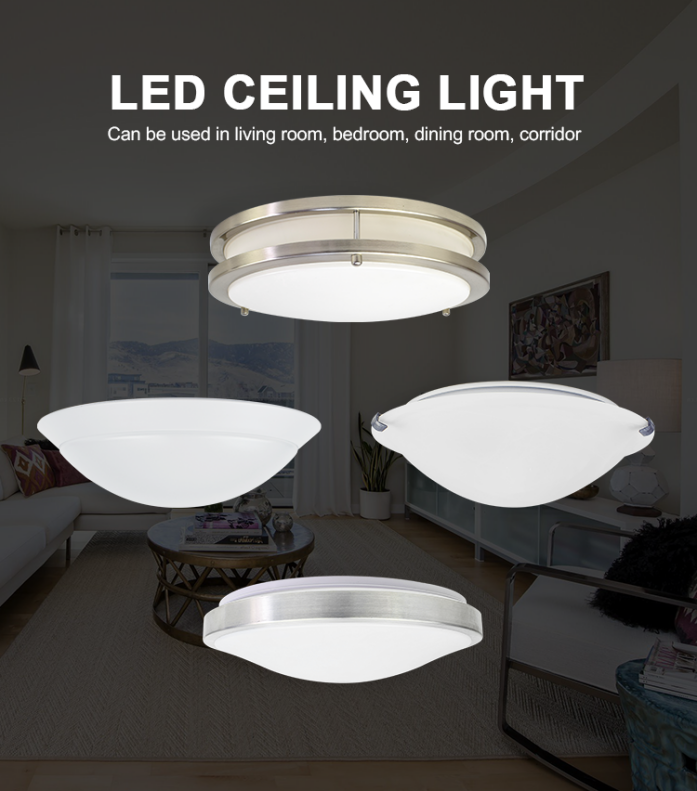
3. Control Modes
Some (but not all) led ceiling lights are compatible with dimmer switches, allowing you to dim the lights in a room and thus save more energy. Others use a remote control to operate them, or they come with a Bluetooth or Wi-Fi connection so you can turn them on or off from your smartphone or other digital device, or program them in advance.
Now that you know the basic knowledge of Ceiling Light, it’s time to actually do it. Shop Land Lighting’s ceiling light for the best in modern lighting.


